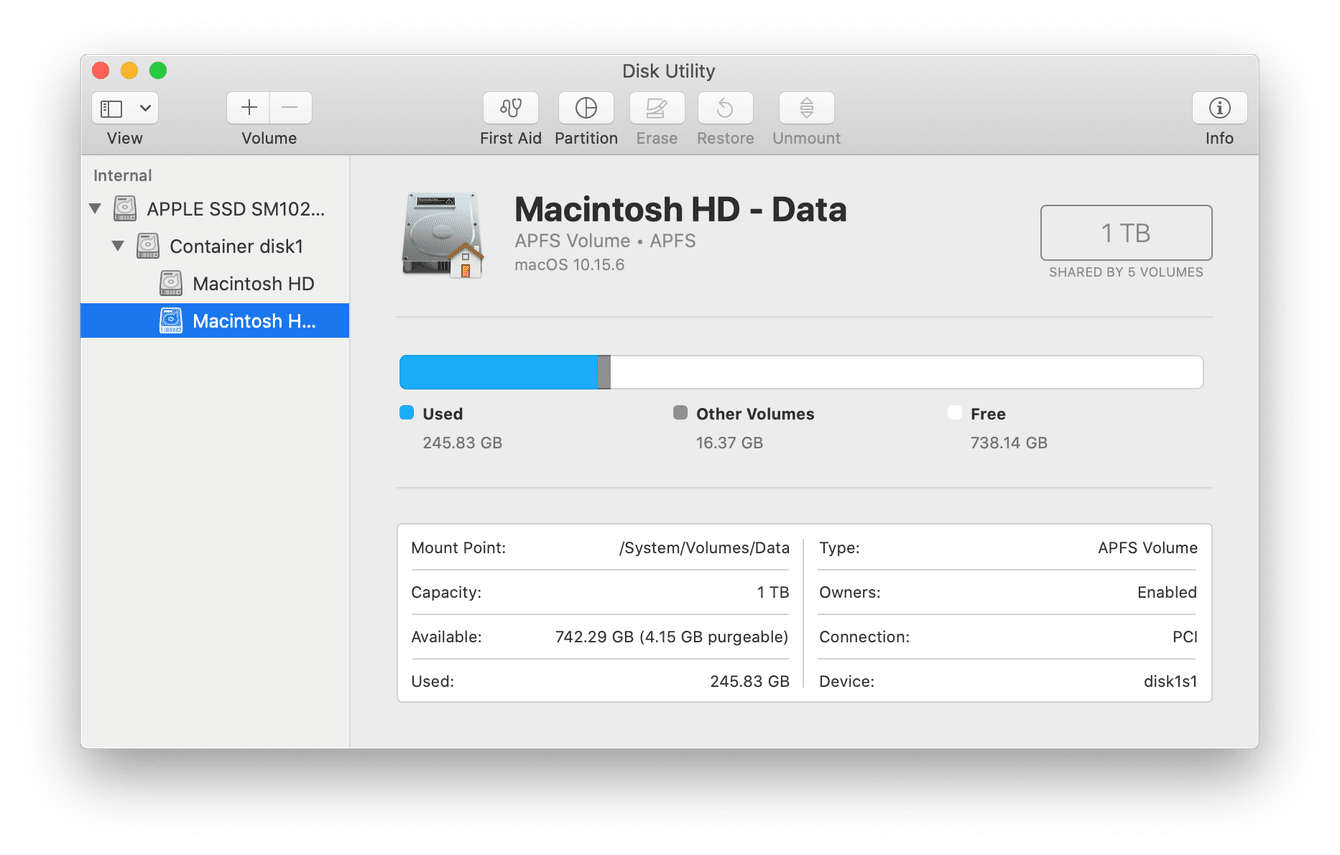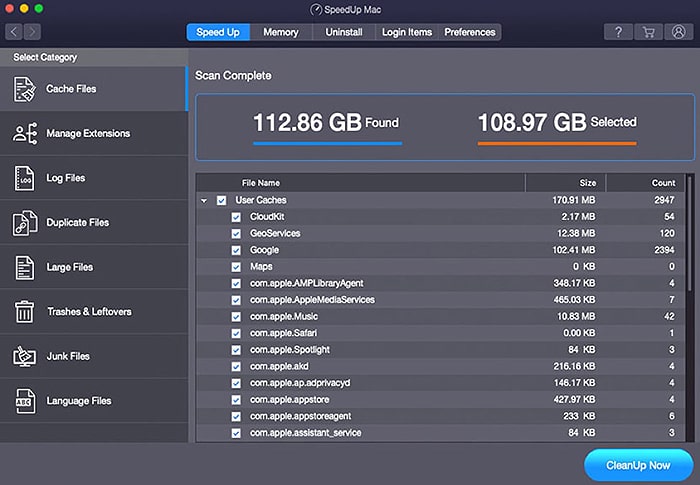
- Disk aid system cleaner for mac mac os x#
- Disk aid system cleaner for mac windows 10#
- Disk aid system cleaner for mac code#
Next to Reduce Clutter, click Review Files. The Store in iCloud option keeps all your files, photos, and messages in the cloud to save space on your machine. You can also get there this way: Open the Apple menu > select About This Mac > click Storage > click the Manage button. Click the magnifying glass icon at the top of your home screen, then search for “Storage Management.” Your Mac can automatically identify files you don’t need, too.
Disk aid system cleaner for mac windows 10#
WINDOWS 101: Five new Windows 10 tricks you’ll wish you knew sooner It will also clear out items in the Recycle Bin. If it sees your computer is low on space, Storage Sense will delete junk without you having to do anything. This Windows 10 feature automatically frees up space. Internet files, thumbnails and much more. From here, you can delete downloaded program files, temporary

Then, select a drive, choose to scan it and hit Clean up system files. This is the thing you should try last, as Disk Utility in the recovery environment may work better and be more capable.Open it by searching Disk Cleanup in the Start menu. You don’t need to do this if any of the above steps worked. In some cases, even Safe Mode or Disk Utility in OS X Recovery won’t be enough to fix problems. You may need to boot your Mac into single-user mode and run the fsck (file system check) command the old-fashioned way.
Disk aid system cleaner for mac mac os x#
The Disk Utility interface is the same one you’ll see on your Mac OS X desktop, but run it from here and it’ll be able to repair problems with your system drive. Select the drive or partition you need to repair and click the “First Aid” button. In OS X Recovery, click the “Disk Utility” shortcut to launch the Disk Utility here. (If recovery mode doesn’t appear, restart your Mac and try pressing the keys again.) Your Mac will load straight into recovery mode. You’ll see a progress bar appear, and you can release the keys after you do. Press and hold the “Command+R” keys while it’s booting. Your Mac will be able to fix errors on your system drive from recovery mode. From there, you can use Disk Utility in the same way. The solution is to boot into a special recovery mode. It can’t make changes to that system drive while it’s running from it. This is because it’s running in “live mode” - examining the disk while the operating system is running from it. However, in some cases, your Mac may find disk or file system problems and be unable to repair them when you perform the above steps. Ideally, that should be the end of it - especially if you used the safe mode trick above. RELATED: 8 Mac System Features You Can Access in Recovery Mode When it’s done logging in and you see a desktop, the disk check is done. This will make the login process take longer than normal, so be patient. Sign in with your password and your Mac will then check your disks. To do this, restart your Mac and hold “Shift” while it’s booting. Safe Mode, sometimes called “Safe Boot,” contains an automatic startup check and repair that can fix these problems. One simple way to fix such errors is to boot your Mac into Safe Mode.

RELATED: Troubleshoot Your Mac With These Hidden Startup Options
Disk aid system cleaner for mac code#
An exit code of “0” is a good thing, and means no errors were found.

You’ll see messages like “Storage system check exit code is 0” and “File system check exit code is 0” here. You can click the “Show Details” drop-down message to view detailed information about any errors it encounters. If it finds any errors, it will attempt to automatically fix them for you. Click “Run” and your Mac will check the disk you selected for errors.


 0 kommentar(er)
0 kommentar(er)
